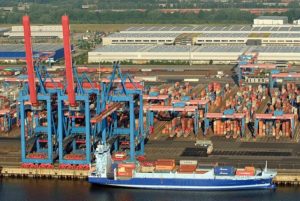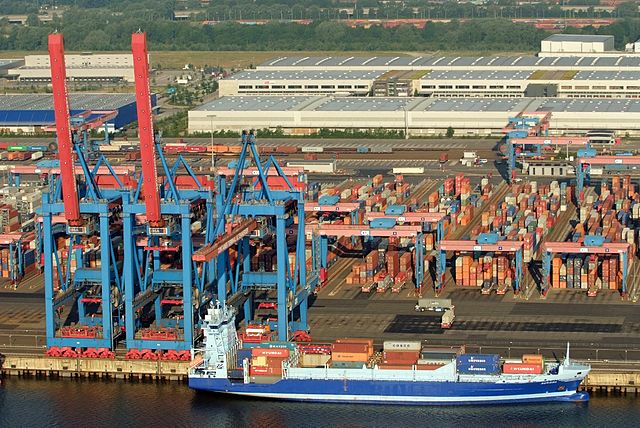 Seaborne trade in 2016 jumped to more significant volumes after the slight growth recorded in 2015, as the shipping industry remains “a strong and steady performer” despite its many ups and downs over the years, according to a new analysis by Clarksons.
Seaborne trade in 2016 jumped to more significant volumes after the slight growth recorded in 2015, as the shipping industry remains “a strong and steady performer” despite its many ups and downs over the years, according to a new analysis by Clarksons.
“In the shipping industry, seaborne trade has generally been regarded as a strong and steady performer, with 4.8bt [billion tonnes] added since the year 2000, bringing total volumes to 11.1bt in 2016,” said Clarksons.
It added that although the rate of growth appears to be settling to around 2% to 3% annually, absolute volumes contributed to world seaborne trade today are still at “historically high levels.”
In 2015, global seaborne trade eased to 1.8%, which was the slowest pace of expansion since volumes contracted in 2009, it said. Trade volumes increased by 195 million tonnes (mt) in 2015, which was slightly above the average annual increase in the 1990s of 180mt, but lower than the average annual addition in the “boom” years of 2000-2008.
But in 2016, Clarksons said, trade seemed to have bounced back to much more significant growth. Though growth was a moderate 2.9% compared to a compound annual growth rate of 4.4% in 2000-2008, the 309 mt of additional seaborne trade was well above the average annual addition in the 1990s, and was in line with volumes added in the 2000s “boom.”
“Given the scope of the shipping industry (2.7bt of seaborne trade has still been added since the financial crisis), even with a small reduction in the percentage rate of y-o-y growth, additional annual volumes have been noteworthy. The volume added in 2016 was just as strong as the average in the ‘boomy’ 2000s. So, while the percentage growth rates appear steady, the extra volumes are still very punchy indeed,” said the report.
Overall, in the more modest growth years of 2013-2016, when seaborne trade expanded on average by 2.9% annually, almost 300mt was added on average every year. This was just 4% below the volumes added in the 2000s “boom” and it was 64% above the 1990s annual average and 28% above the prior long-term historical average (1985 to 2012).
Meanwhile in terms of growth drivers, around 50% of the 2.8bt of additional trade in the 2000s “boom” was accounted for by growth in dry bulk volumes, with robust Chinese dry bulk import demand a key driver of global trade trends.
But seaborne dry bulk trade declined in 2015, and its share of growth in world seaborne trade fell to just 12% in 2015-2016. Meanwhile, combined crude oil and oil products trade growth accounted for 50% of global trade expansion in 2015-2016, compared to 23% in 2000-2008.
The share accounted for by container trade growth fell slightly from 26% in 2000-2008 to 20% in 2015-2016.
“So, the percentage rate of seaborne trade growth may not always match up to the boom years and the demand drivers are always shifting. But, taking a closer look, the additional trade volumes recently appear just as firm as they ever have been. Of course, to an extent it depends on how you measure it, but the absolute additional volumes just show the impetus that seaborne trade continues to provide.”
Photo: Martina Nolte, Lizenz





